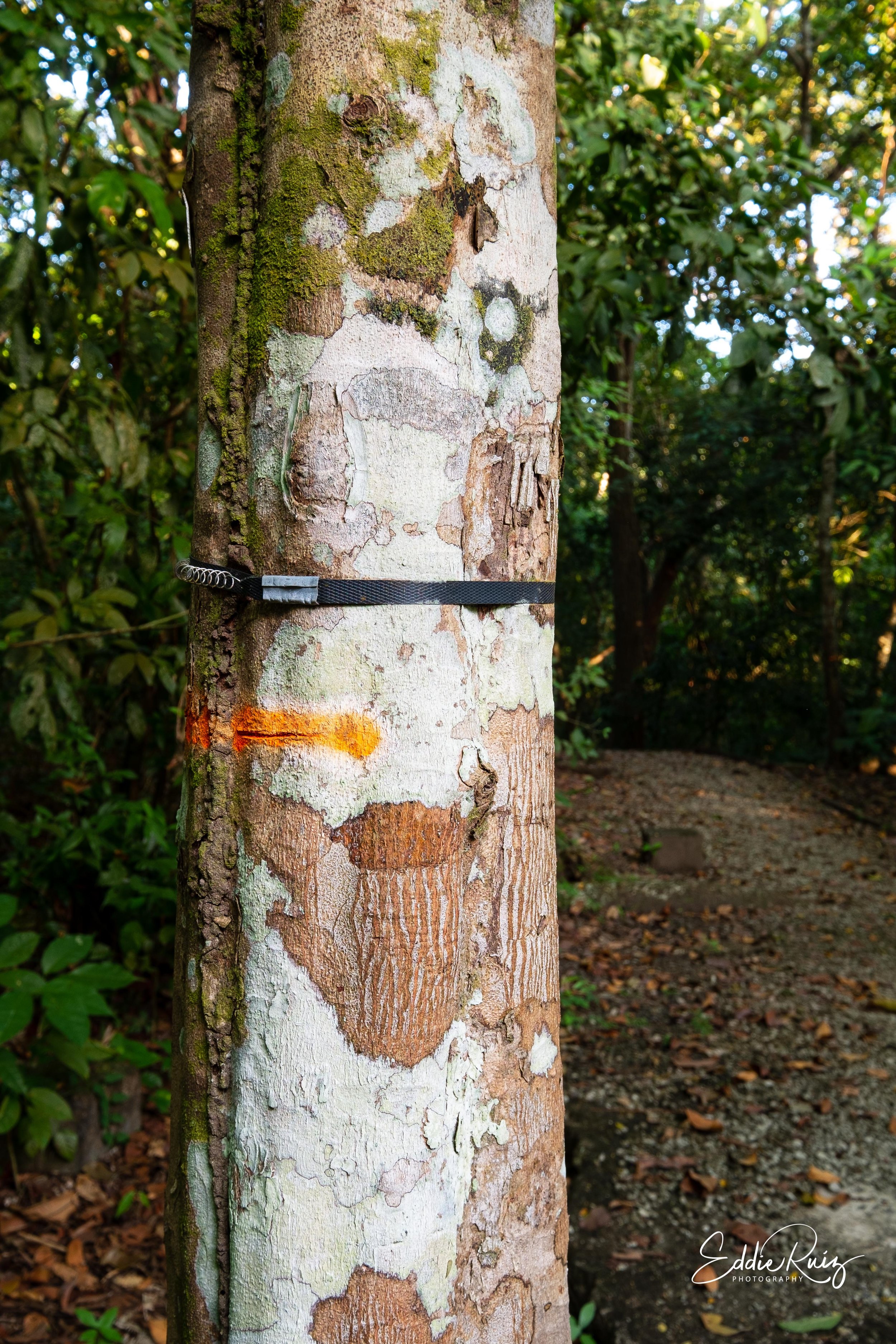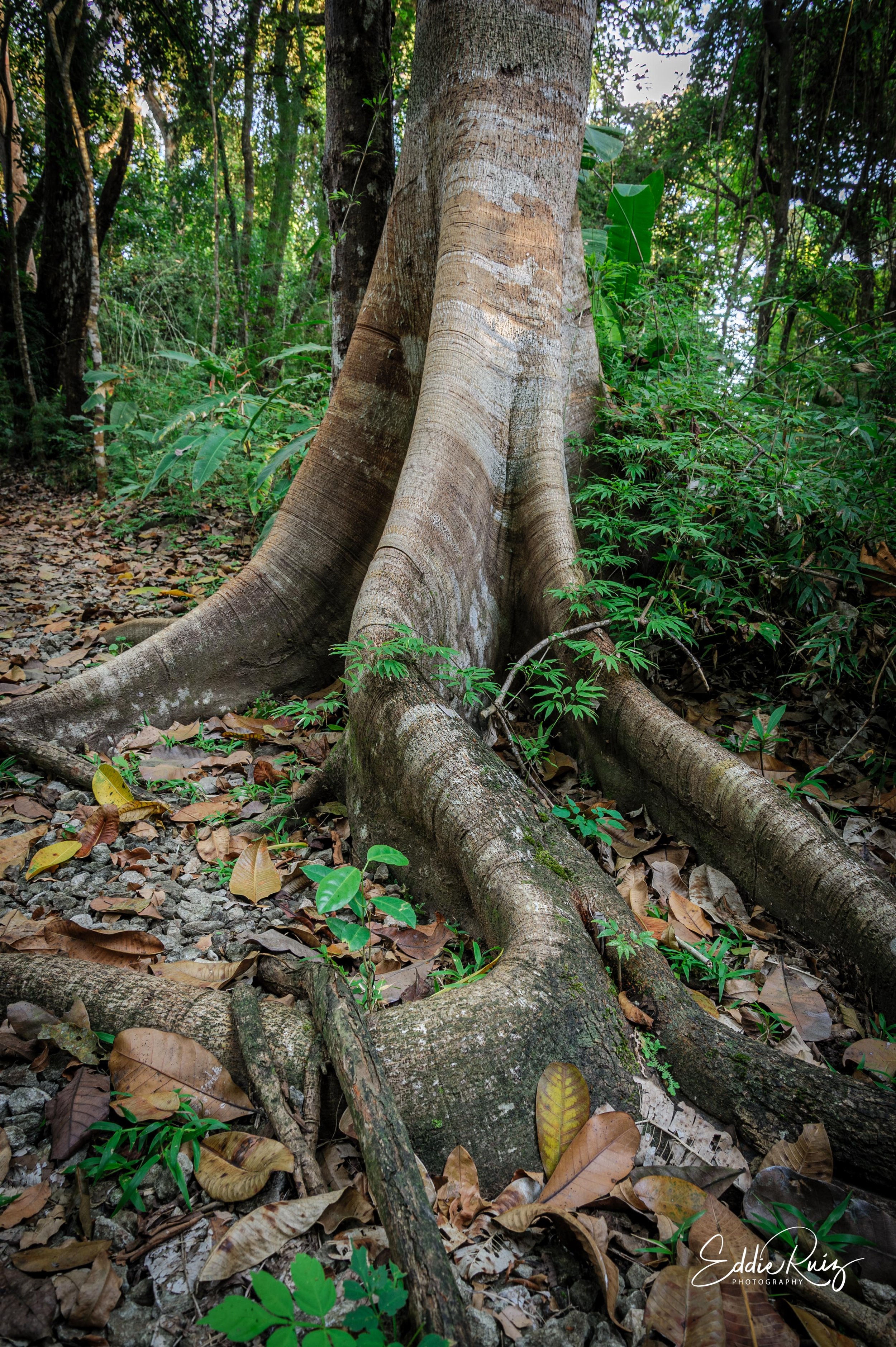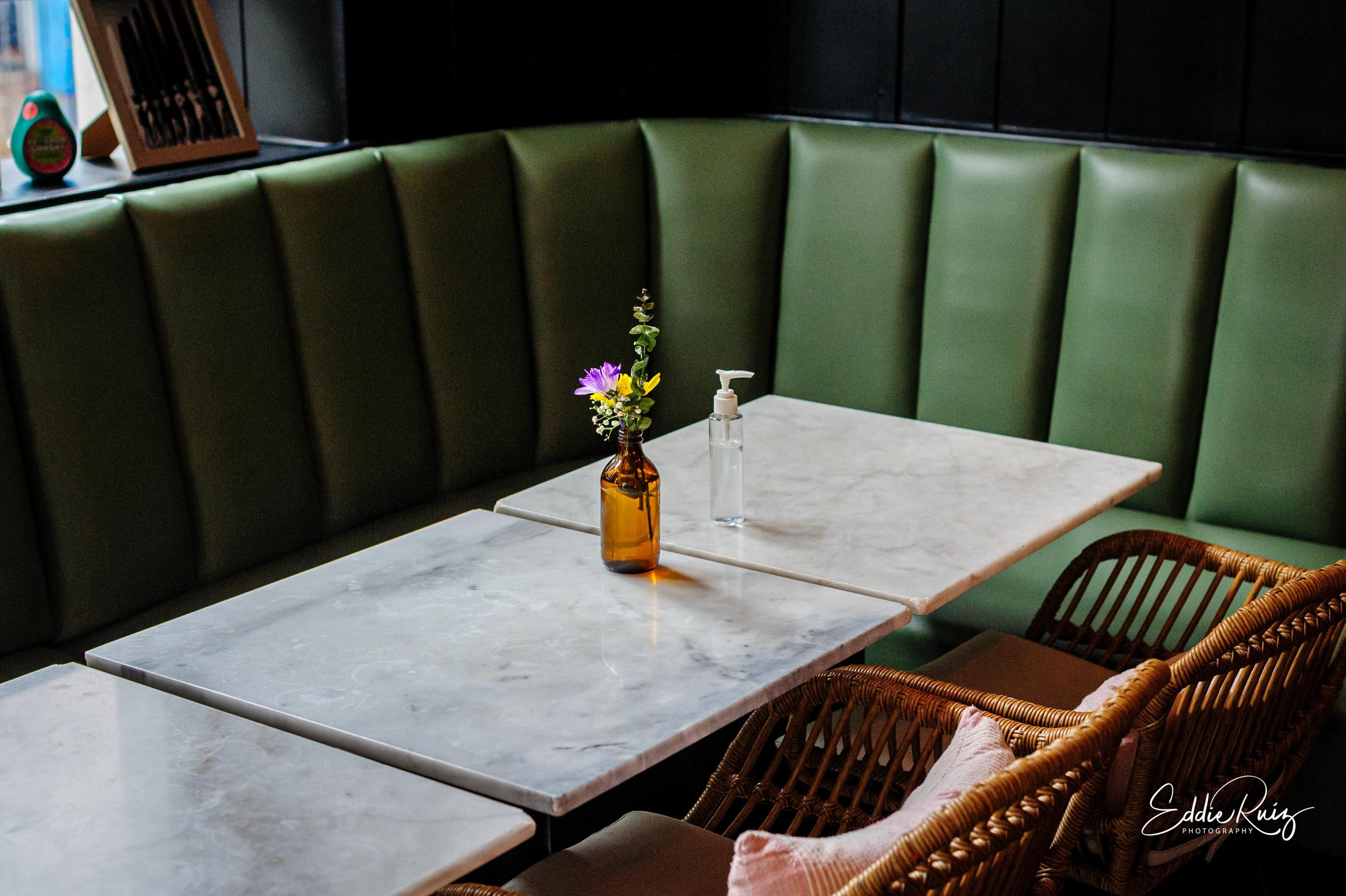I was wrong about the Nikon D700
It has been over 20 months owning the Nikon D700, a 12MP camera heavy beast from 2008, and still I find myself learning from my mistaken assumptions I made about using this camera. Thus far, my experience with it has been of continuous improvement over my technique and over my understanding of what it takes to achieve a good image: the quality of the light, the craftsmanship of the lenses, the technology of the sensor, and a keen eye to capture the essence of an image. No longer I am allowed to blame a camera, unless I can proof beyond the shadow of doubt that fault cannot lie on my lack of skills.
The D700 is unforgiving. It has become my point of reference for everything photography. It has helped me see how certain cameras are good at certain things. It has amplified my mistakes, and showed me ways to overcome them, considering its limitations, and because of its limitations. I don't want to get ahead and deviate from the topic of this blog, but it is very probable I come to the conclusion a good crop sensor camera could become a better option for landscape photography, rather than full frame, given a few conditions, of course. But getting to that level of understanding has been possible thanks to what the D700 has taught me.
A first lesson, and still a work in progress, it has to do with the calculation of the white balance when doing landscape photography. In certain conditions, the Auto WB of the D700 renders some unpleasant colors to the scene, as opposed to Fujifilm cameras, still is a crapshoot. Sometimes I take with me a grey card and place it on the scene so that when I am in post I can use it to fix the colors of my image. But It is not a tip I can apply for every case (as to the picture below of a sunrise), and even sometimes I use a Light Meter app from my iphone to help me calculate the WB value and manually enter it on the D700, it works better, but adds extra steps to my workflow, but it proves the D700 sensor works, it is just me that have not yet figured out how to make it work properly. Advice is welcome.
Another lesson has to do with picture quality, on the aspect of sharpness to be exact, again, in landscape photography. Considering my experience with Fujifilm cameras, their X-Trans sensors, and their great optics, I have had come to the conclusion that Fuji files were the sharpest I have seen in terms of details and contrast, given good light, of course. And I have assumed that was the case when comparing Fuji files versus D700 files, that whatever the difference had to do that Fuji was just a better camera (and newer technology), and no further thought had been given. But what if I was wrong in my assumption, and what the D700 was just producing was the result of poor skills. Enter the "mirror lock up”, always thought a function of the camera inherited from the times of film, just to realize the physics of the shutter clap do affect that level of sharpness, and since Fuji cameras have no mirror, no wonder they look sharper, due to the fact they don't need to worry about little vibrations resulting from a mirror clap. Check below the images below, the left being the D700, and to the right the X-Pro1, and under them their respective zooms. Hardly noticeable a difference, perhaps just a bit of fuller colors from the D700, but in terms of sharpness, there is no denying it, using better optics on the D700 (the 24-85mm VR) and proper technique, the results can speak for themselves.
But mirror lock up sometimes is not enough, but it wasn't obvious at first glance. So the D700 taught me another important lesson regarding focusing with a full frame camera… depth of field. Full frame cameras are known for their shallow depth of field and those bokehlicious portraits shots people like so much. Crop sensors cameras on the other hand have deeper depth of field by nature of their sensor size. There comes the need to focus stack when using full frame cameras, or live with the consequence of not so sharp pictures across the frame, this time blaming the photographer, and not the gear. The images below come from the D700 to the left, and the X-Pro1 to the right. The one with the D700 took three shots, and still there is some little blurriness at the bottom of the frame. Well, the one with the Fuji was full sharp in just one shot. Nothing to do with the brand of the camera, but with the physics and limitations of the sensor size.
I could also explain how to work with the ugly noise produced by the D700 when trying to lift the shadows, but everybody knows you could use bracketing to help with that. Results are not perfect, but offer improvement. However, by mere chance, I stumbled upon the use of high ISO to create some deep, film like, color pictures out of the D700, and the results are gorgeous. Usually indoors, when a bit of light is available, and colors either from leather, vinyl, or wood surfaces, I'd crank up that ISO to 3200, expose the picture, and shoot, and you get fantastic results, hard to replicate (I think) with other cameras. There is some juice in that sensor, and below some images to prove it.
So, at the end, giving words to all these thoughts in this blog about the D700 were possible because of what it feels holding this camera in your hands, for what it feels working with it, working through it, as if you are taking a proper picture. For the feelings of purposed photography, despite its shortcomings in a world that provides and sells the best technology nowadays, specially for that feeling of achieving more with less, the reward that comes from understanding, for all those things and some more, because of that addicted feeling of coming to that camera again and again, having some others to play with, well that emotional bond has given me the time to experience and learn from it, with it, and because of it, the art of photography.
Below is a picture taken the last day of 2021 with this amazing camera, the NIkon D700 and the Nikkor 24-85mm VR. Please, follow me on instagram @eruizmiro, or @panamastreetshooter.
Plaza de Francia, Panamá.


















